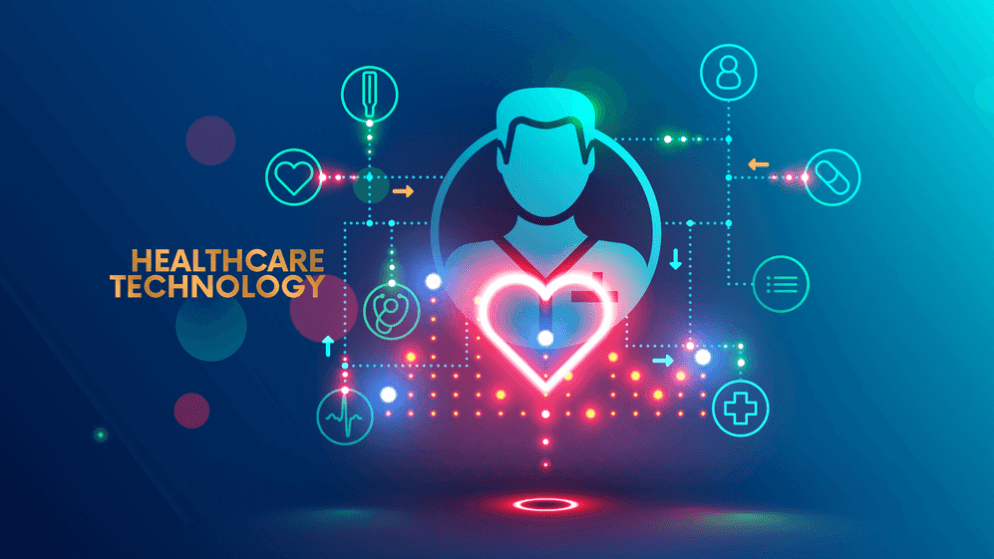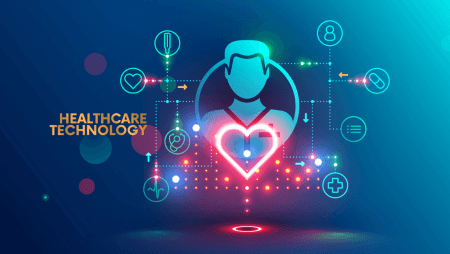



Get new exclusive access to healthcare business reports & breaking news




Healthcare technology has reshaped our lives for the better. The rate of innovation is accelerating, resulting in longer lives and also higher costs of care. Today, we cure uncurable diseases, extend life where near-term death was previously certain, and know which medication will or will not be effective based on a person’s genetic code. We can even predict who will get sick and what care they will need to avoid illness altogether.
So, what is next? We will continue to realize breakthroughs in both prescription medication and medical devices. New drugs can improve quality of life, eliminate side effects of previous treatments, and heal conditions. And thanks to new medical devices, people live longer. We typically view these types of interventions as one and done. And yes, we are getting closer to shifting from treatment to cure when these interventions are delivered to an individual. But one and done is still the goal, not the reality. We have a long distance to go.
We know today that the impact of innovation takes place on two fronts: 1) It has improved quality of life, and 2) it often causes financial stress on communities figuring out how to pay for the higher healthcare costs. With most innovations, care costs continue to rise, and we must pay for the treatment today. However, the cost savings may be realized over decades. For example, the cure for Hepatitis C costs about $100,000 to treat each person but eliminates years of suffering and care costs throughout a patient’s lifetime. This is typical of healthcare technology innovation: higher cost today, and the benefit can take place over the course of many years. The challenge then becomes balancing budgets.
At www.MitescoInc.com and www.TheGoodClinic.com, we believe the answer to driving healthcare technology innovation that improves the quality of life and reduces the cost of care lies in the management and use of information. Can we improve care without increasing the price? Yes! Medicare has created several bundled payment programs for specific conditions. One good example is the hip and knee replacement program. Patients go through a preparatory class for recovery several days before the procedure happens, and often there is no hospitalization. It is a same-day surgery with home care services. Physical therapy takes place in the patient’s home the week after the procedure. The success of these procedures has improved, and the cost has declined.
However, many patients are told by the surgeon that they cannot have the surgery until they lose weight and get their BMI measure below that of the “morbidly obese” level. As a result, many who could have had the procedure (with a high risk for a poor outcome) are not allowed to have the procedure until the weight is lost. So, how can these people get the treatment they want and need?
People can achieve their health goals by working with a primary care provider who sees the client as a whole person, takes the time needed to build a plan in partnership with the client, and then works overtime to help the client meet their health goals.
It goes without saying that everybody’s healthcare needs are different. A person’s health measures can be numerous (e.g., blood pressure, glucose, weight), constantly changing, and contextual. For example, a one-day, 3-pound weight gain in a heart patient may not be as actionable or meaningful as a three-day, 9-pound weight gain in that same patient. Technology is evolving to help healthcare providers better understand an individual’s health needs, and there is a lot of data to consume and leverage — BIG DATA. We believe this is what health technology can do to improve care and enhance a primary care provider’s ability to deliver effective personalized care.
But this is just one part of the challenge. We tell our medical providers to make good health happen. However, all too often, medicine is practiced on people, not with people. We ignore the realities of our patients’ lives. At The Good Clinic, we think that understanding a person’s life challenges, goals, and desires is essential to improving their health.
The first step to enabling health technology to deliver the intended positive results is recognizing that technology, like the practice of medicine, must work with a person’s life, not without regard for their realities. Interventions in healthcare typically require subtility to address the unique needs of individuals. If nothing else, all the research completed to date on patient activation and social determinants of health has demonstrated this reality. We must customize interventions.
In order to truly leverage the power of healthcare advances, we must focus on better access to primary care combined with individual accountability (preventing illness and avoiding worsening of disease). We need to meet people at their level, stop over-talking to them, and offer convenient ways to access healthcare right in their communities and via telemedicine. We need to prioritize same-day, next-day, and walk-in appointments. In a nutshell, we need to provide healthcare access when and where people need it. When we do this, people do not get as sick, and as a result, the intervention to make them healthy again is much smaller.
In a recent survey, 80 percent of consumers said they were dissatisfied with U.S. healthcare, and 81 percent said they would switch their care provider for convenience and a more personalized approach. One driver behind the growth of retail health care was the limited availability of primary care. The typical wait to access primary care in the U.S. ranges from two to four weeks. When you get an appointment, the standard appointment lasts about 13 to 18 minutes, and often your time with the physician is only a portion of the overall visit.
A small portion of Americans use most of the country’s healthcare resources:
According to the research conducted by Dr. Judith Hibbard at the University of Oregon, 50 percent of Americans lack the knowledge, skills, and confidence to be accountable for their health. Accountability means embracing healthier lifestyles, eating less and better foods, increasing activity, taking medicine and supplements as agreed to with the clinician, and educating themselves to make better choices in life overall. A validated tool developed at the University of Oregon that clinicians use to help people become activated and begin building knowledge, skills, and confidence is called the Patient Activation Measure (PAM).
Thanks to advances in healthcare technology with tools like PAM and predictive analytics, we can determine who is likely to go to the hospital, experience a fall, develop a bedsore, not take their medications, and even feel overwhelmed. We can use artificial intelligence and precision medicine — personalized treatment based on individual genetics and lifestyle factors — to fight cancer. We can tell which people in our society are effective self-managers of their health and identify those who need extra help or a different approach. Using the vast amount of data collected in the healthcare industry, we can improve patient outcomes and pioneer new treatments.
Healthcare science has come so far. It is this type of advanced research and testing that gives us hope for medical advancement.
The advances in healthcare technology are not monolithic. They include pharmaceutical, nutrition, medical device, and human management of interventions. Although curing medical conditions is the ultimate goal, we will continue to see progress due to advancements in each of these areas. At the same time, we must question how we should value these strides forward. Should we focus on the easiest, the most cost-effective, the ones that cause the most significant life extension, the ones that relieve the greatest suffering? Or do we only focus on technological advances that deliver cost savings and life enhancement?
In the 1960s TV series “Star Trek” created by the utopian futurist, Gene Roddenberry, the physicians’ medical tools were sophisticated beyond our comprehension, offering analysis, prevention, and cure in the blink of an eye. At this point in human history, our best hope for prevention and cure is by co-partnering with people to address their unique challenges. Artificial intelligence, remote patient monitoring, and just-in-time video care visits allow primary care providers to use their experience, empathy, and personalized education to achieve the incredible outcomes we know are possible. These are the tools we can wield today — until healthcare technology catches up with Roddenberry’s vision of 23rd-century medicine.

